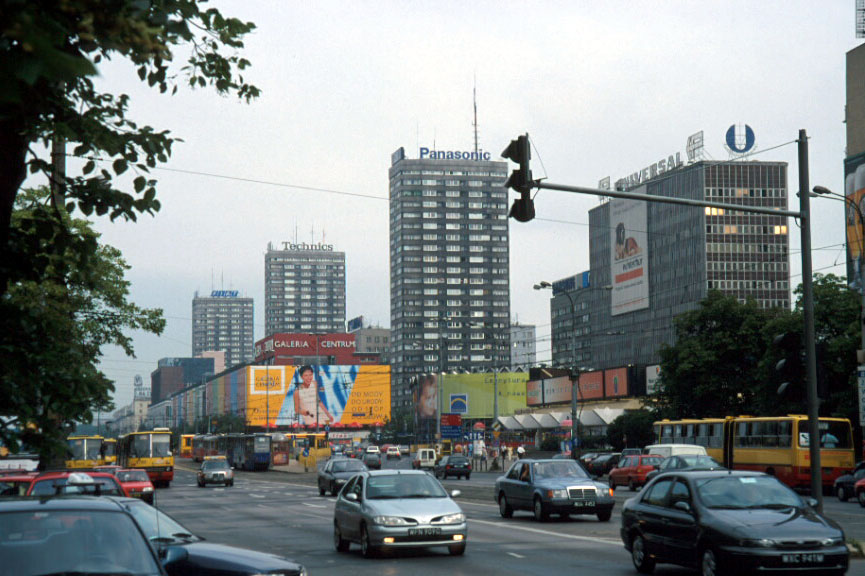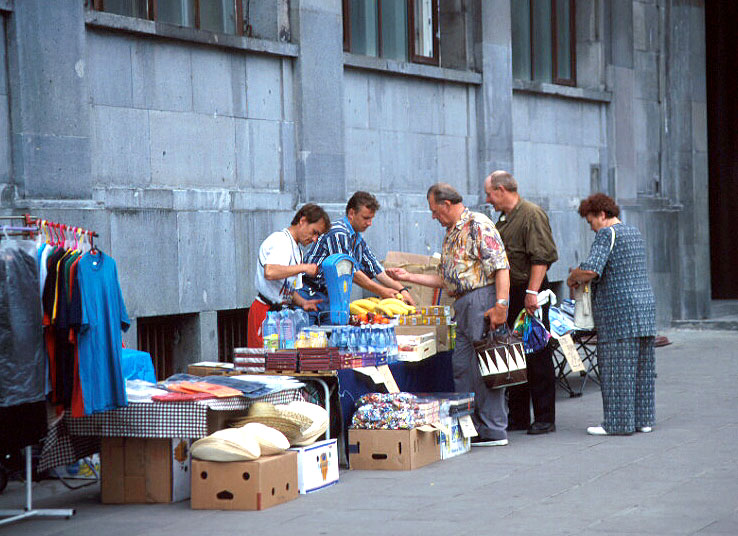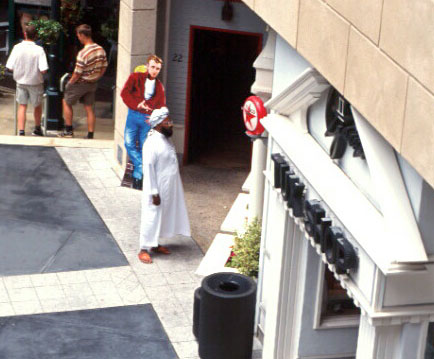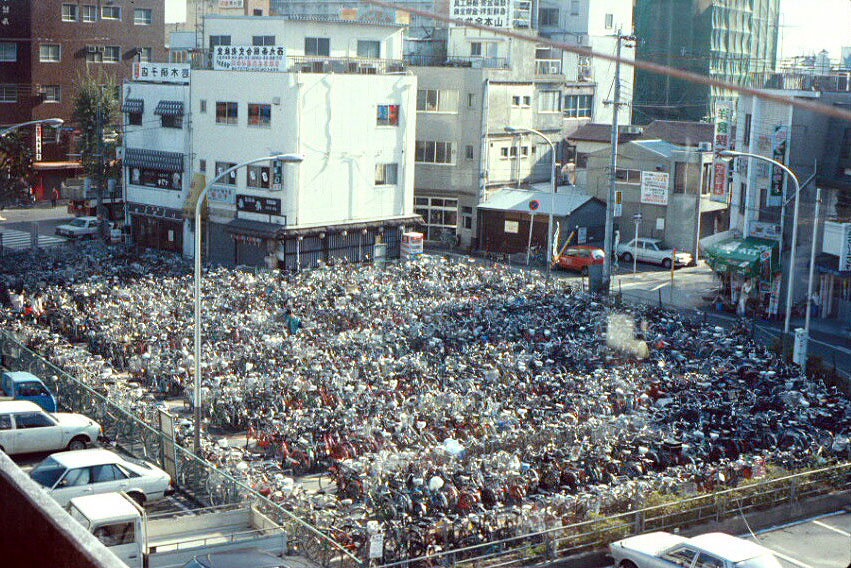democracy and debate






To what extent is the panoply of otherness in city life just quaint wallpaper? What keeps the other from being wallpaper is the need to discuss. What really matters is not casual encounters, but having to debate with people of different values and priorities about issues of mutual concern. Yet such encounters about mutual concerns do happen out in the sprawl. Often they happen electronically, but they will happen face to face as well, and more so as ecological and shared resource issues press harder on people's lives. Even if the diversity inside a gated community does not increase, the people there will have to deal with more and more others over more and more infrastructure and resource issues: water, transportation, garbage, schools, taxes. You can't secede from air and water quality or traffic.

Despite dispersion, the sprawl will have to come together to discuss how to live together. Dialogue will happen about water, air, food, transport, energy, waste management. Going it alone is not a long-term option; sprawl is too tightly interdependent, despite its appearance of separation.
Index
what are cities for now?
(c) David Kolb, 1 August 2001